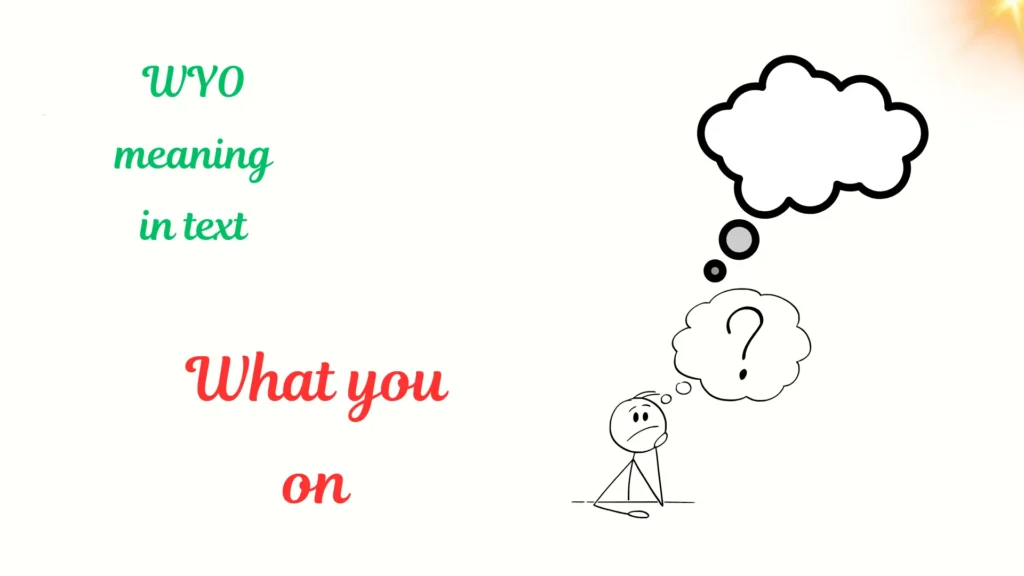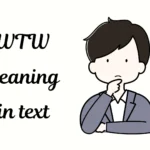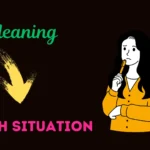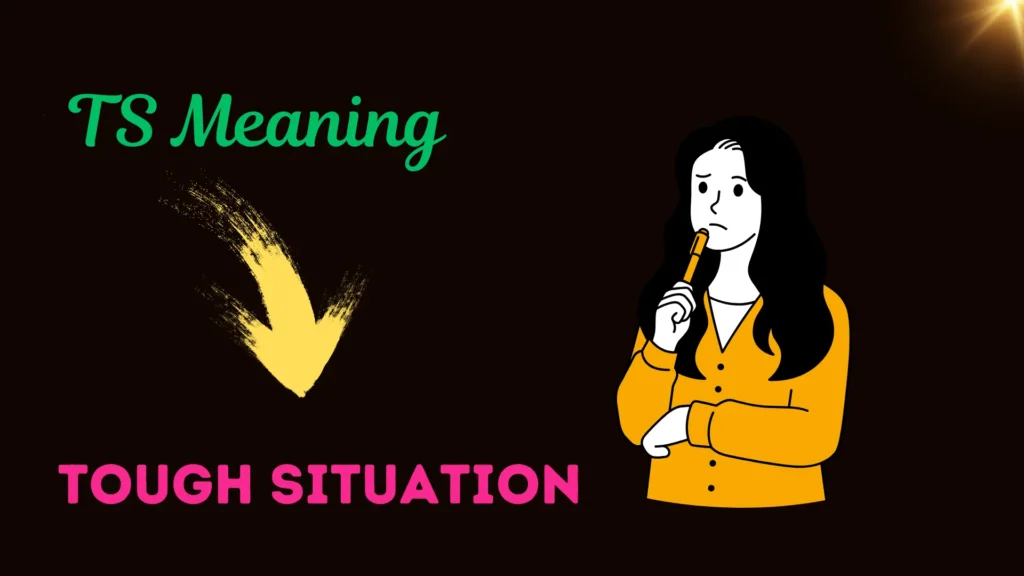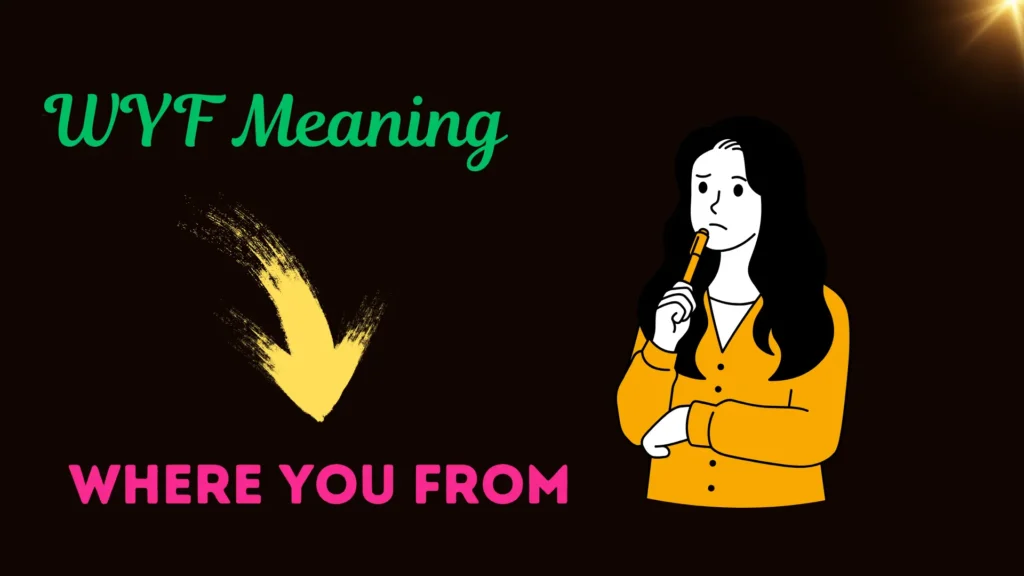Ever read a message that said “ISTG” and thought, “Wait, what language is that?” 🤔 Don’t worry—you’re not alone! Digital slang evolves faster than memes, and understanding what’s trending keeps you fluent in modern communication.
Today we’ll decode the full story behind ISTG meaning in text—from its definition and tone to real-life examples, do’s and don’ts, and cultural insight. By the end, you’ll know exactly when to drop it into a chat and when to skip it. Let’s dive in! 🚀
📖 What Does “ISTG” Mean?
The abbreviation ISTG stands for I Swear To God. When people type ISTG in texts, DMs, or social-media captions, they’re emphasizing that they’re serious, frustrated, or telling the truth. It’s a digital shortcut that adds emotion or urgency to a sentence—like putting verbal bold letters around your words.
Breakdown:
- I → the speaker
- S → swear
- T → to
- G → God
So if your friend says, “ISTG I didn’t eat your fries! 🍟,” they’re basically pledging honesty—just quicker and more casually.
💬 Why Do People Use ISTG?
People drop ISTG into chats for three main reasons:
- To sound sincere: “ISTG I’m not lying.”
- To show frustration: “ISTG if my Wi-Fi lags again…” 😤
- To emphasize emotion: “That ending was wild, ISTG!” 😱
It’s short, expressive, and perfect for quick digital conversations. In a world where tone can get lost in text, ISTG adds intensity that plain words can’t.
🗣 Real-Life Examples of ISTG in Action
Check out how different emotions can color the same acronym:
| Emotion | Example Text | Meaning |
|---|---|---|
| Honesty | ISTG I turned in my homework. | Asserting truthfulness |
| Frustration | ISTG if this traffic keeps up… | Annoyed or impatient |
| Excitement | ISTG that concert changed my life! | Highlighting passion |
| Playfulness | ISTG you’re hilarious 😂 | Lighthearted exaggeration |
Notice how punctuation and emojis help show intent. Without vocal tone, ISTG relies on context clues to signal how “serious” the swear actually is.
🕰 Origins & Evolution of ISTG
The phrase I Swear to God has been part of English speech for centuries, often used as an oath of honesty. When texting became mainstream in the 2000s, users shortened long expressions to save time—giving birth to quick acronyms like LOL, OMG, and eventually ISTG. By the mid-2010s, it had cemented its place in online slang across platforms like Twitter, Snapchat, and TikTok.
Today, ISTG bridges the gap between formal vows and casual emphasis. It’s less solemn than saying the full phrase out loud, but stronger than saying “I mean it.” Think of it as the middle ground between “I promise” and “no cap.”
✅ How to Use ISTG (and When Not To)
✔ When It’s Okay to Use ISTG
- In friendly group chats: “ISTG this meme made me cry.” 😂
- Casual conversations: “ISTG I can’t believe it’s Monday again.”
- Social captions or comments for dramatic flair.
🚫 When to Avoid It
- Formal emails or work messages—keep those slang-free.
- When chatting with someone who might find “swearing to God” offensive.
- In serious disputes where tone could be misunderstood.
Pro Tip: If your audience might not know what it means, spell it out once or skip it entirely for clarity.
🔄 Variations & Related Slang
Every internet phrase has cousins. Here are a few you’ll see alongside ISTG meaning in text:
- IS2G → an alternate spelling meaning the same thing.
- ONG (“On God”) → similar emphasis but trendier with Gen Z.
- FR (“For Real”) → milder affirmation of truth.
- SMH (“Shaking My Head”) → expresses disappointment rather than a vow.
- No Cap → means “I’m not lying” or “I’m serious.”
Each term carries its own vibe. ISTG sounds slightly older and more earnest, while “ONG” or “no cap” feel newer and trendier.
⚠️ Common Mistakes People Make with ISTG
- Overuse: Dropping ISTG in every sentence weakens its punch.
- Wrong audience: Not everyone is comfortable with religious phrasing.
- Misread tone: Without emojis, “ISTG” can sound angry when you mean playful.
- Formal misuse: Avoid in academic or business communication.
Language thrives on balance. Use ISTG sparingly, and it’ll actually make your words stand out instead of blending into the scroll.
💡 How to Respond When Someone Says ISTG
When someone drops ISTG in a message, how you reply depends on the tone. Here are a few examples to keep your chat natural and fun:
| Context | Message | Best Response |
|---|---|---|
| Serious claim | “ISTG I didn’t do it.” | “Haha okay, I believe you 😂” |
| Frustration | “ISTG this app keeps crashing!” | “Same! It’s driving me nuts 😩” |
| Excitement | “ISTG that show was insane!” | “Right?! Totally blew my mind 🤯” |
The goal is to match their energy. When used right, ISTG keeps digital convos expressive and authentic—something plain text can’t always do.
⚖️ ISTG vs. Other Acronyms: A Quick Comparison
Here’s a cheat sheet comparing ISTG meaning in text with other popular expressions:
| Acronym | Full Form | Emotion Level | Typical Use |
|---|---|---|---|
| ISTG | I Swear To God | High ⚡ | Serious or emotional emphasis |
| FR | For Real | Medium 😐 | Agreement or honesty |
| ONG | On God | High 🔥 | Swear of truth (Gen Z tone) |
| No Cap | Not Lying | Medium–High 💯 | Stressing honesty or hype |
| SMH | Shaking My Head | Low 😒 | Disappointment or disbelief |
So while ISTG carries sincerity and intensity, others like FR or No Cap fit lighter moods. Pick based on the tone you want to express!
🌍 Cultural Impact: How ISTG Shapes Digital Speech
Slang like ISTG does more than just shorten words—it reshapes how we express emotions online. Across platforms, this acronym signals credibility, humor, or frustration instantly. Younger generations especially use it to add rhythm to chats, almost like punctuation.
On TikTok, it often appears in comment threads like:
“ISTG this filter makes everyone look like a 90s movie star 😭.”
In group chats, it acts as an emotional “booster shot,” emphasizing sincerity without needing extra sentences. And because it feels spontaneous, ISTG maintains that raw, human vibe—something algorithms can’t fake.
🧠 What Linguists Say About “ISTG”
According to modern linguistics, abbreviations like ISTG are part of a phenomenon called Digital Pragmatics—how people convey real-world tone through screens. These micro-expressions of emotion give text more depth and nuance.
In essence, ISTG is not “lazy typing.” It’s efficient emotional shorthand, helping writers show truth, sarcasm, or annoyance without voice or body language.
Expert Insight: “Online acronyms like ISTG fill the gap where tone of voice and facial expression are missing,” explains sociolinguist Dr. Alina Torres. “They’re emotional punctuation marks of the digital era.”
🤔 Can ISTG Be Misunderstood?
Absolutely. Because tone doesn’t always translate, ISTG can sometimes be misread as aggressive or sarcastic. Example:
“ISTG I’ll delete this app.”
This could mean actual frustration—or just a dramatic joke. Context, emoji use, and relationship with the person help clarify meaning.
Tip: When in doubt, soften the tone with an emoji or exclamation mark. Example: “ISTG 😂” or “ISTG this made my day!”
📱 ISTG in 2025: Is It Still Popular?
Yes, ISTG remains widely used in 2025, especially among teens and young adults on Snapchat, TikTok, and X (formerly Twitter). Its popularity has shifted slightly toward humor and exaggeration rather than literal oath-taking.
For instance, you’ll see comments like:
- “ISTG if this cat video doesn’t win an award…” 🐱
- “ISTG my alarm clock has beef with me.” ⏰
So while the phrase’s core meaning hasn’t changed, its tone has become more playful. That adaptability is what keeps it alive in digital language culture.
✍️ How to Use ISTG in Writing or Social Media
Want to sound fluent in modern slang but not overdo it? Try these tips:
- Use it sparingly for emphasis, not as filler.
- Combine with emojis for clarity.
- Match your platform—fine on TikTok captions, less ideal on LinkedIn.
- Capitalize all letters (ISTG) for readability; lowercase looks less intentional.
Example posts:
“ISTG my playlist cures bad moods instantly 😌🎶”
“ISTG these AI filters are getting too real 😳🤖”
Both sound casual, current, and relatable—perfect for boosting engagement while staying authentic.
FAQ:
1. What does ISTG mean in texting?
ISTG stands for I Swear To God. It’s used to emphasize honesty, emotion, or frustration in a message.
2. Is ISTG a bad word?
No, but it can be sensitive since it references “God.” Use it carefully around people who might find it offensive or too casual.
3. What can I say instead of ISTG?
Alternatives include FR (For Real), No Cap, or ONG (On God) depending on your tone and audience.
4. Is ISTG appropriate for work or school?
Not really. Stick to professional language in formal settings—save ISTG for friends or social media chats.
5. How do you pronounce ISTG?
Most people don’t say it out loud—it’s mainly a written expression. But if you did, you’d pronounce each letter: “I–S–T–G.”
Final Thoughts:
Language evolves with every emoji and acronym we invent, and ISTG is proof of how words adapt to emotion and technology.
Whether you’re expressing sincerity, annoyance, or humor, it’s your quick shortcut to sounding real and relatable online.
Just remember: tone + context = clarity. Use ISTG sparingly, pair it with emojis when needed, and always consider your audience.
Next time you text, try it naturally—just don’t overdo it, ISTG! 😄

